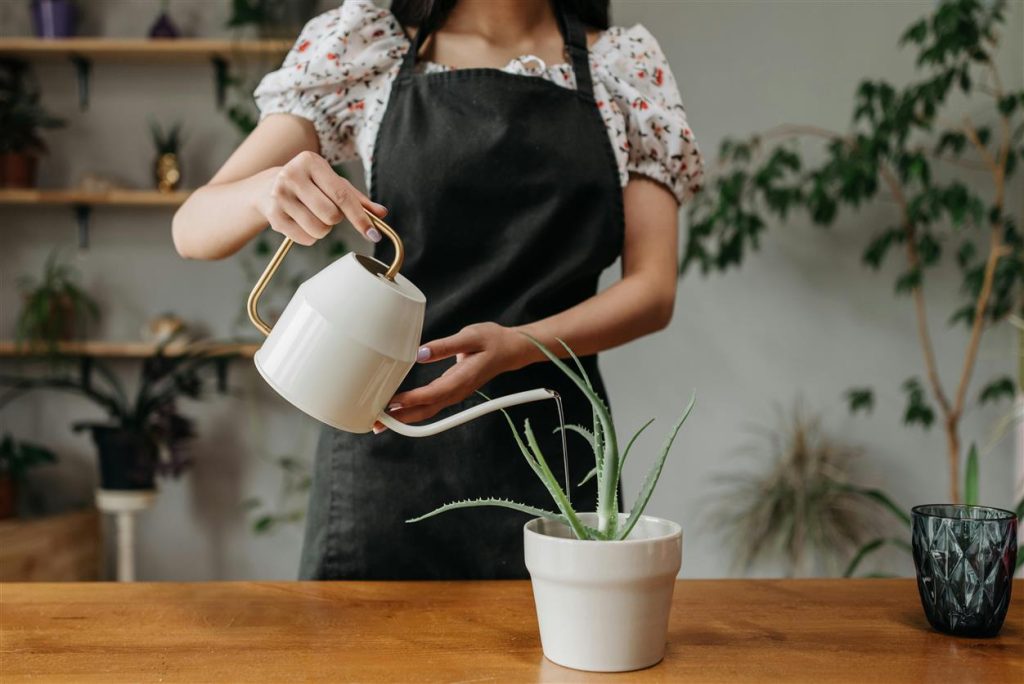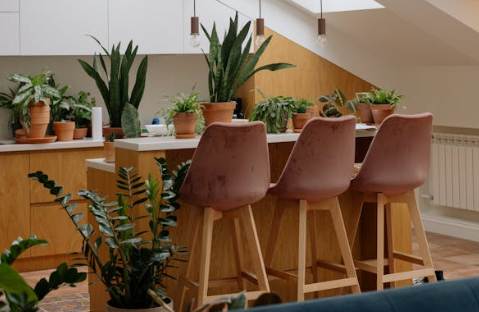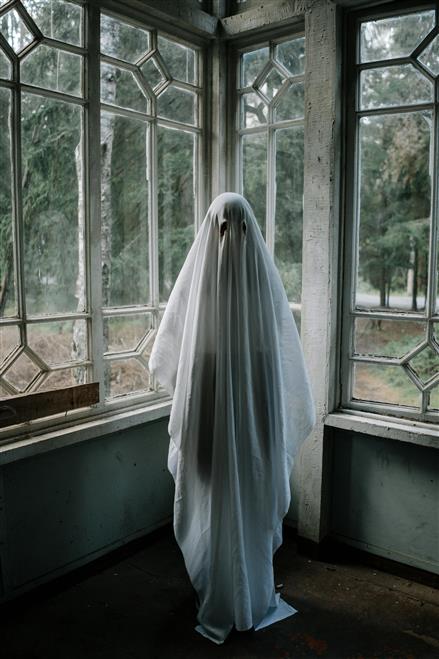
In a time when the world feels increasingly fast, loud, and digital, a quiet movement is taking root: people are turning toward nature not just for a weekend getaway, but as a way of life.
This isn’t about planting a few herbs on your windowsill or visiting the mountains once a year. It’s about bringing nature into your routines, values, and decisions — making the natural world part of how you live, not just something you visit.
From home design to daily habits, food choices to leisure time, green living is no longer a fringe interest. It’s becoming a defining choice for people who want a life that feels more connected, grounded, and real.
Let’s explore how this shift is taking place — and why it’s striking such a deep chord for so many.
What Is a Nature-Integrated Lifestyle?
At its core, this kind of living is about a deeper relationship with the natural world. It goes beyond recycling or remembering your reusable bag. It’s about weaving nature into your everyday environment, your mindset, and even how you measure success.
That might look like:
- Designing your home to maximize natural light and airflow
- Growing some of your own food, even if it’s just herbs or tomatoes on a balcony
- Spending more time walking or biking than driving
- Choosing clothes and materials made from natural fibers
- Taking breaks outdoors — not to be productive, but just to be
It’s a lifestyle built on attention: to seasons, to surroundings, and to the rhythms of the natural world that we so often ignore in the rush of modern life.

Why This Shift Is Happening Now
You could point to environmental concerns, and they certainly play a role. But this movement is also deeply personal. Many people are reaching a point of burnout — not just physically, but emotionally and socially. The constant connection to screens, noise, and fast-paced environments leaves little space to breathe.
Nature offers something different. It’s slow, quiet, and unbothered by your to-do list. It reminds you that not everything has to be about performance. There’s a kind of relief in that.
More than ever, people are craving:
- Simplicity over speed
- Quality over quantity
- Depth over distraction
Green living offers these things in a very real, tangible way — without needing to escape or start over.
What a Nature-Integrated Life Can Actually Look Like
The idea might sound idyllic — but it’s not about perfection. It’s about building little bridges between you and the natural world, day by day.
Here are a few examples:
1. Living Spaces That Breathe
More people are bringing elements of the outdoors inside: plants, wood, stone, and natural fabrics. Large windows, open air flow, and colors pulled from nature help reduce sensory overload. It’s not just about “design” — it’s about atmosphere.
A room with plants, sunlight, and fresh air tends to feel more calming and alive than one filled with plastic and fluorescent light. And that changes how you feel, how you think, and how you interact.
2. Eating With the Seasons
Seasonal eating is having a quiet revival. Instead of buying the same grocery list year-round, more people are beginning to pay attention to what’s in season locally — not for the trend, but because it tastes better, supports local growers, and connects them to the world around them.
Even a small shift, like buying seasonal fruit at a weekend market or growing basil in your kitchen, can bring you closer to the cycles of nature.
3. Daily Time Outdoors
Spending time outside doesn’t have to mean hiking or camping. It can be:
- Drinking your coffee on the porch
- Walking to run an errand instead of driving
- Sitting under a tree with a book
- Eating dinner outside a few times a week
These small choices add up — not just physically, but mentally. Studies continue to show that even short time in natural settings can lower stress, improve focus, and support emotional balance.
4. Clothing and Materials That Breathe
Another area people are rethinking is what they wear and use. Clothes made from linen, cotton, wool, and hemp — all materials that feel better against the skin and hold up well — are becoming a quiet preference for those tired of fast fashion and synthetic feel.
Likewise, household items like wooden kitchen tools, ceramic mugs, and cotton sheets are being favored not just because they’re “natural,” but because they feel good to use. There’s a quiet joy in using things that last, and that connect you to simpler ways of living.
Green Living Isn’t About Perfection
It’s easy to fall into the trap of thinking that green living means going zero-waste, off-grid, or making huge lifestyle changes. But that mindset often leads to guilt, burnout, or inaction.
The truth is, even small shifts — when made intentionally — can have a huge impact on your quality of life.
- A single plant in your room can improve your mood.
- Eating one meal outside can reset your day.
- Choosing to walk instead of drive once a week gives you space to think, reflect, or just breathe.
These small moments build a different rhythm into your life — one that feels slower, more human, more alive.
How to Start Living Closer to Nature (Without Moving to a Cabin)
If you’re feeling pulled toward a more nature-connected life but aren’t sure where to start, here are some simple entry points:
- Redesign your morning routine. Step outside first thing, even if it’s just on your balcony. Feel the air. Listen to the birds. Let your senses wake up before your screen does.
- Keep your phone in another room. When you spend time outdoors — walking, reading, or sitting — let yourself be present. Nature doesn’t need to be recorded to be felt.
- Choose one seasonal food to focus on. Learn how to prepare it simply. Let it remind you of where you are in the year.
- Add natural elements to your home. Even a few houseplants, a wooden stool, or a wool blanket can shift the tone of a room.
- Create outdoor rituals. Sunday breakfasts outside. Evening walks. Weekend bike rides. Keep them simple and consistent.

Final Thoughts: A Lifestyle Rooted in Presence
In many ways, green living is about returning — to the world, to the senses, to a pace that makes room for stillness. It’s not about aesthetics or trends. It’s about building a life that feels more like living — not just existing in front of a screen.
When nature becomes part of your lifestyle, it starts to shape your attention, your choices, and your energy. You remember that not everything has to be efficient. That beauty and balance don’t come from productivity, but from presence.
And most importantly, you remember that you are part of nature — not separate from it.
The more we live like that’s true, the better we feel. And maybe, slowly, the better the world becomes too.



